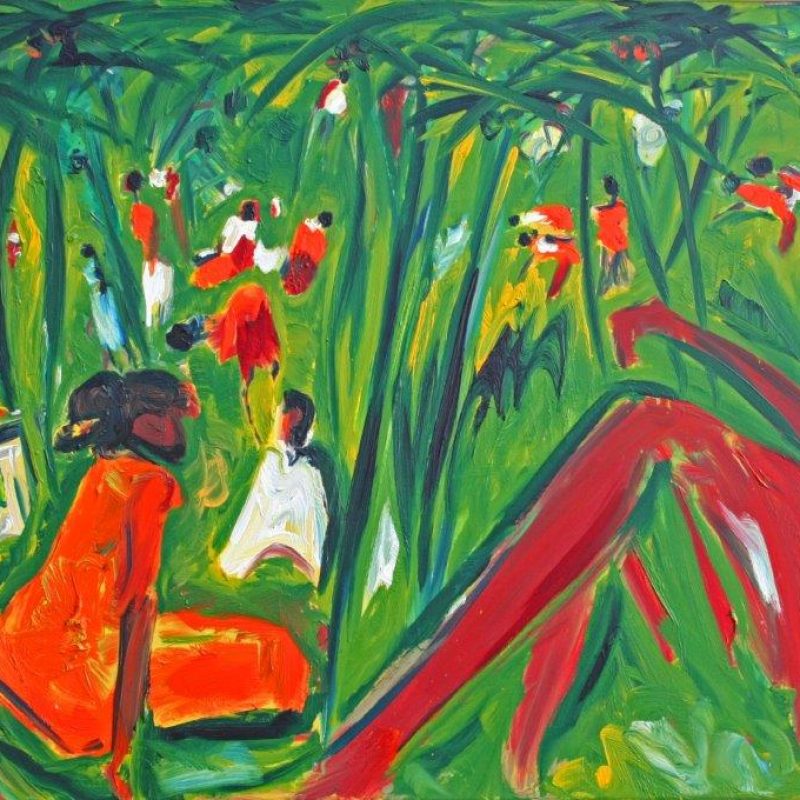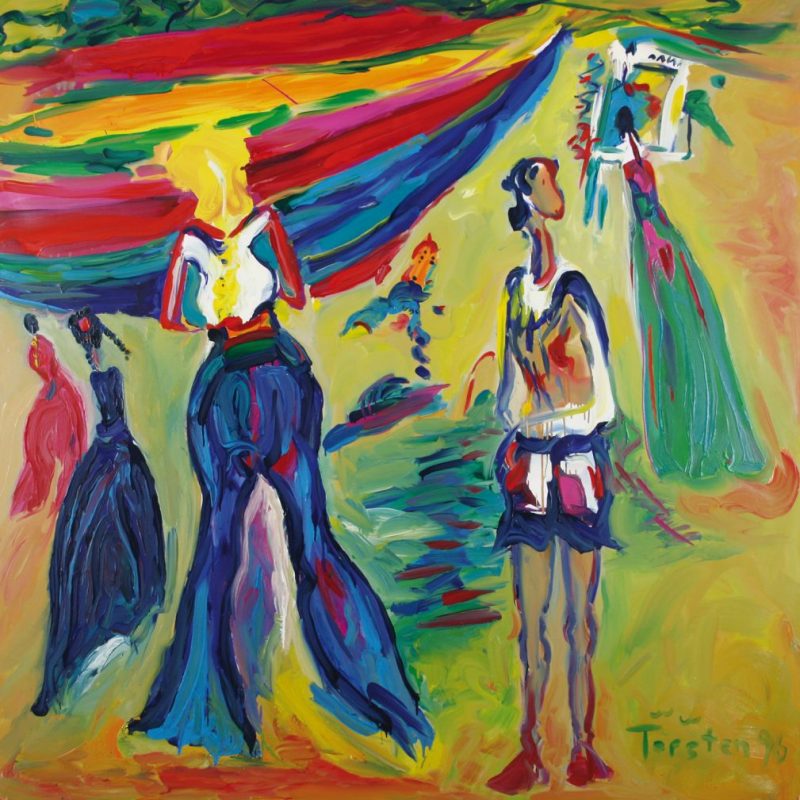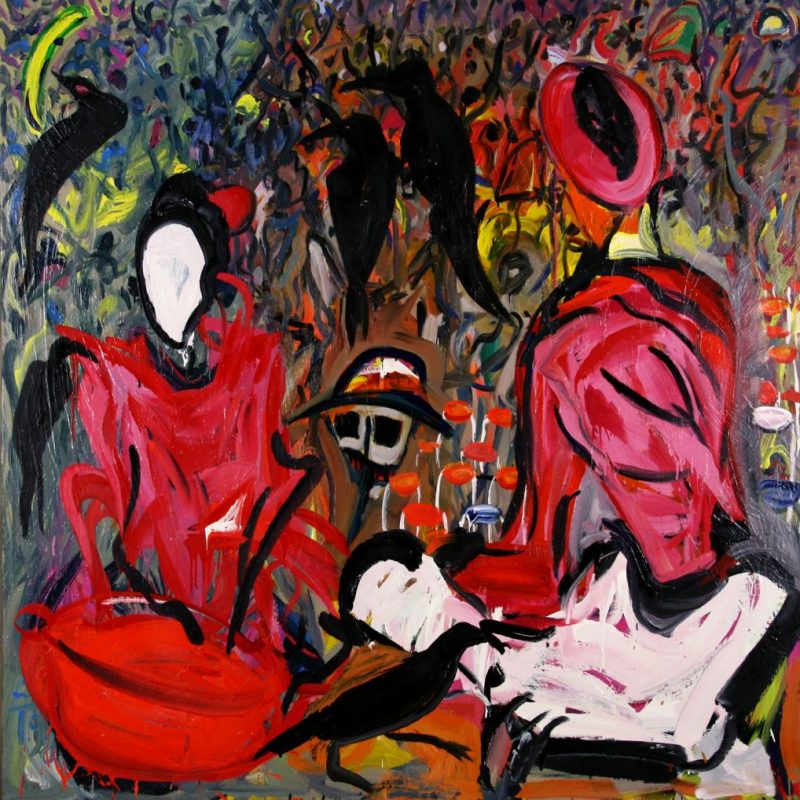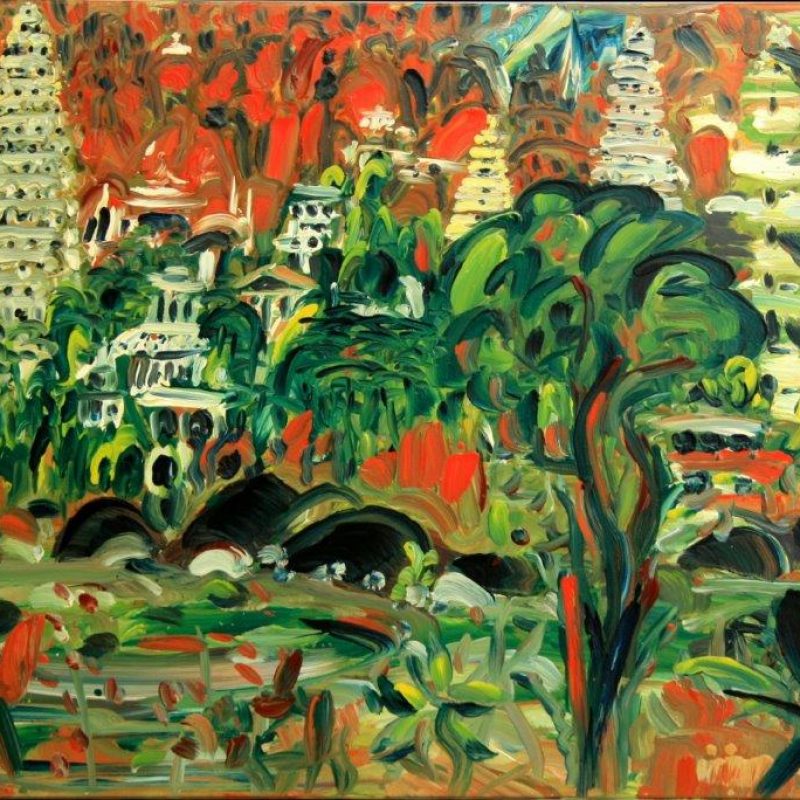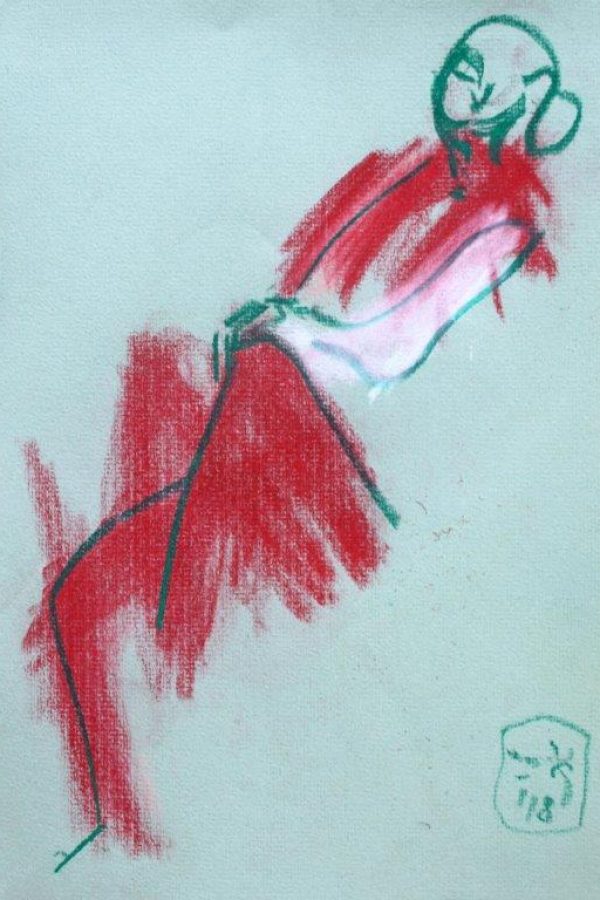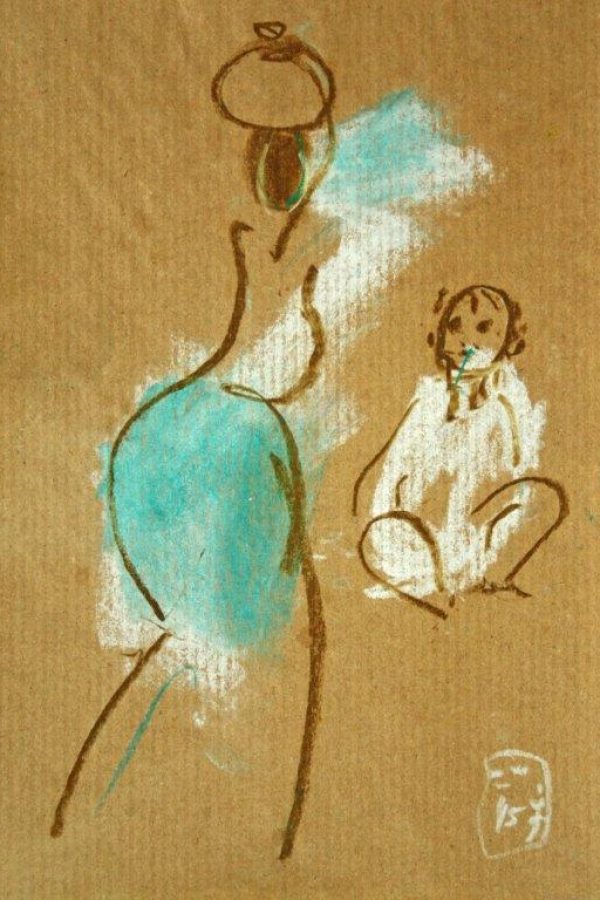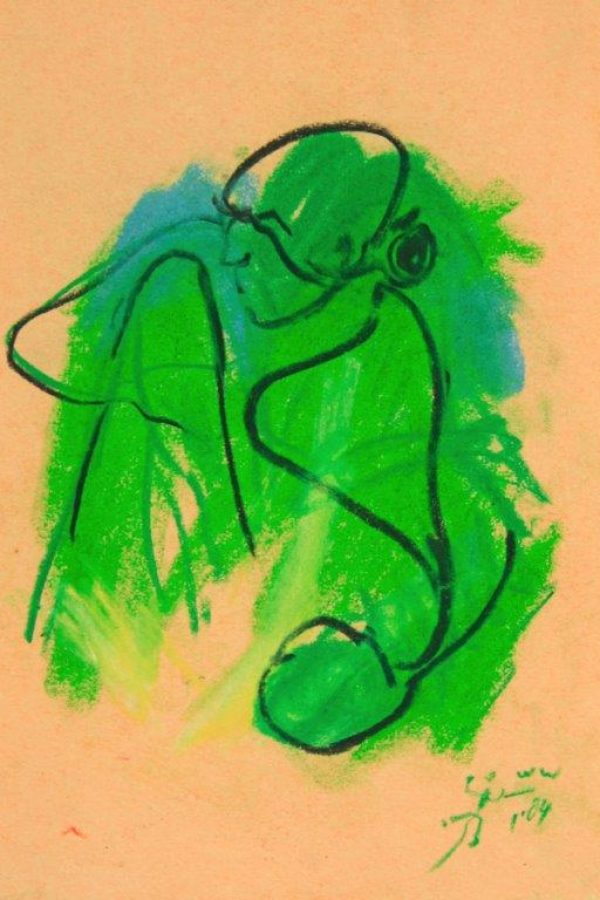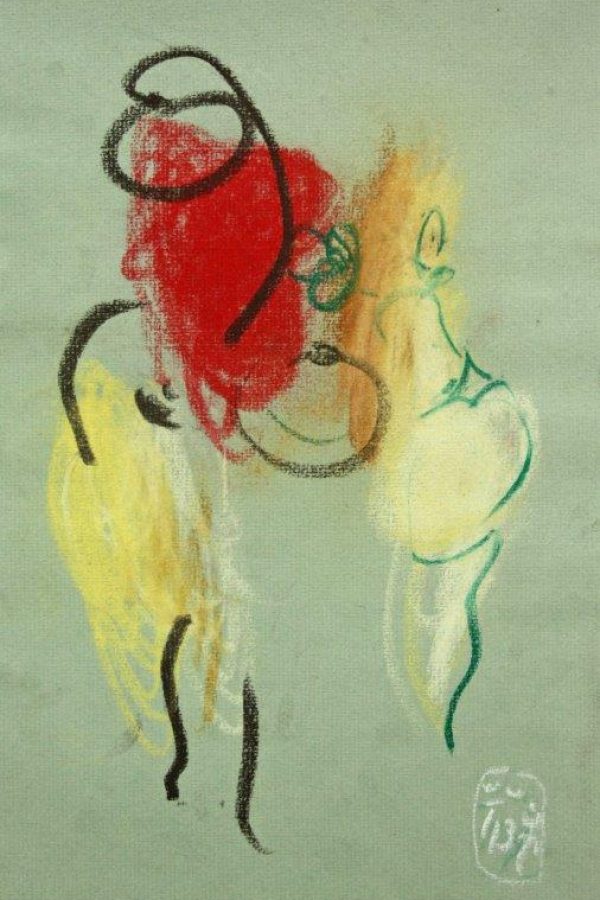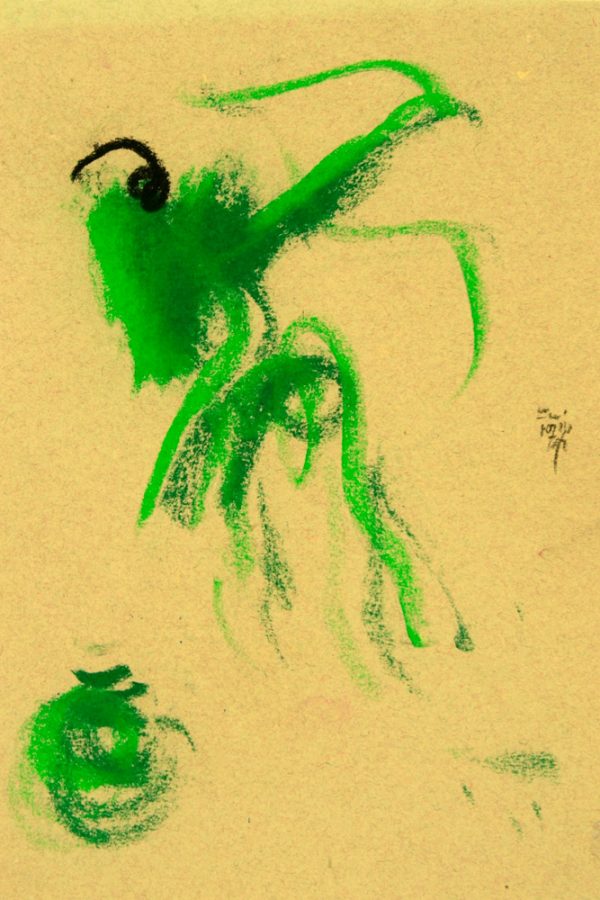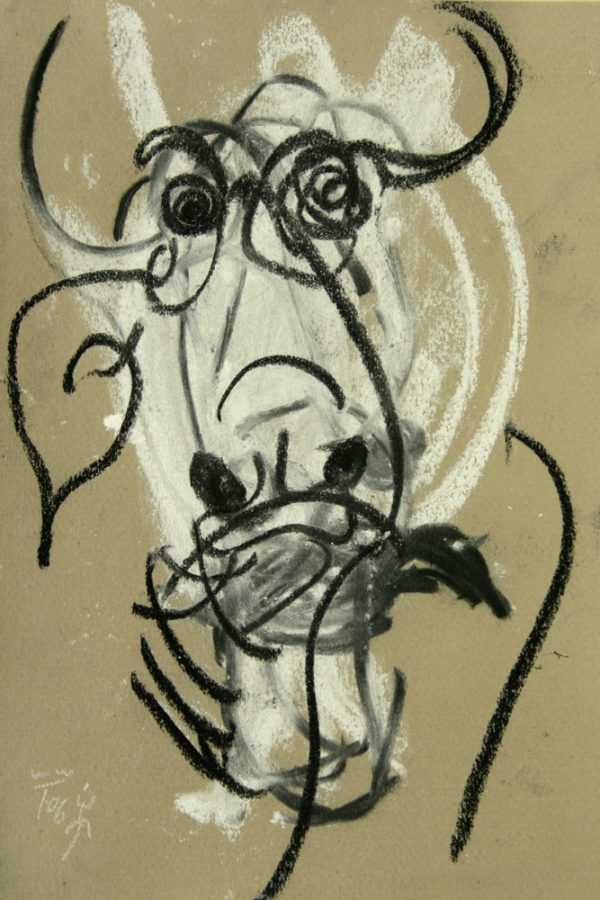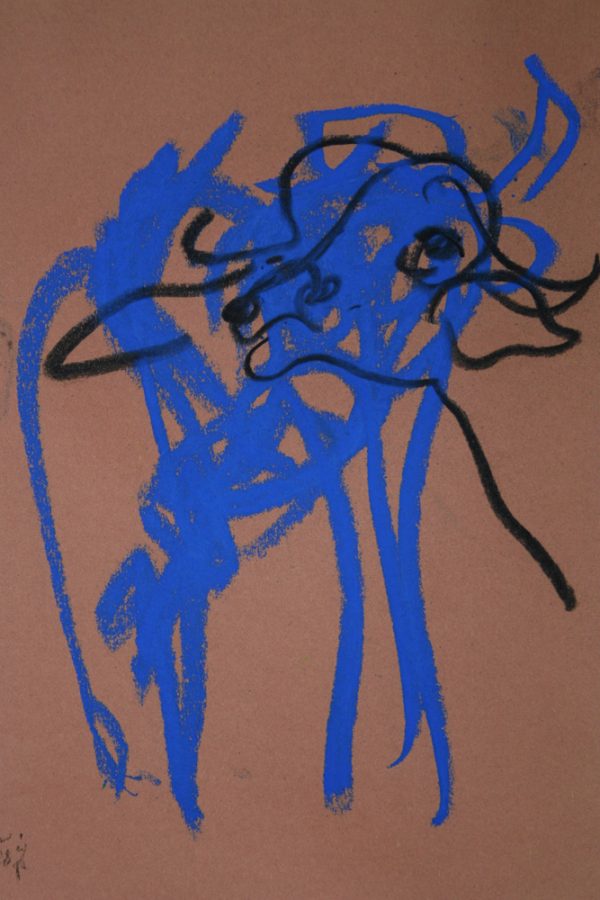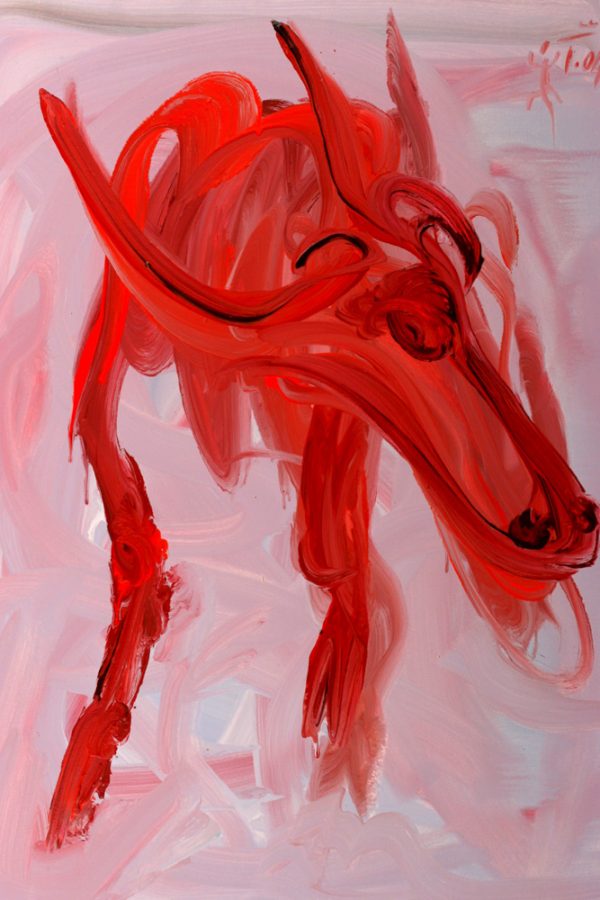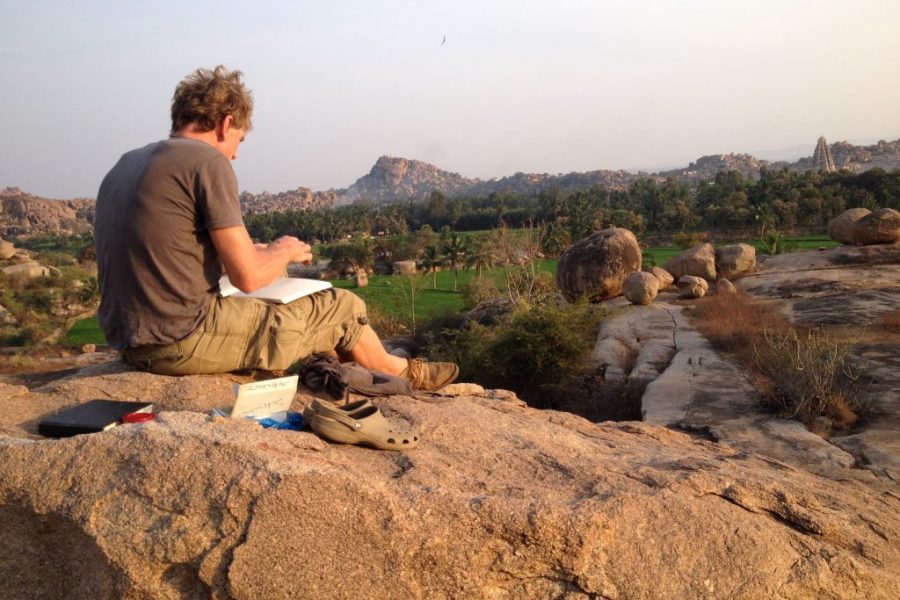From Torsten Schlüter’s travel notes from 1997:
“Arrival in Bombay, Mumbai, as the city of 25 million is officially called again today. By now, this gateway to India has become something of a familiar Moloch for me. Another long bus ride awaits. Adventurous preliminary skirmishes. I pay for a ticket. Instead of a ticket, I am given a provisional receipt. After I have found a seat on the bus, this is collected again. Now with nothing in my hand, I am asked to get off. After protesting vehemently, I am given a worn business card with a handwritten 35 on the back. I happen to be sitting in seat number 35. The bus drives through the night, accompanied by 16 hours of continuous honking and Indian pop songs at maximum volume from creaking speakers. It doesn’t just keep the driver awake. At last we have made it. Arrival in a village on the west coast. I find a small room with an Indian family. They show me where I can sleep. I crawl under the mosquito net and fall exhausted into the old, creaking iron bed.”
Well women
Torsten Schlüter describes his observations at an Indian marketplace near the fountain:
“With a twisted cloth wrap on their head, a rope in their hand and a jug under their arm, the women wait until a place at the well becomes available. One of the women leans over the edge of the well. The relaxed, almost casual lowering of the rope and jug is followed by a deft flick of the wrist that allows the water to flow from the depths of the fountain into the floating container. Then the most exciting moment begins when the jug is brought up. A fascinating accelerando: first as a concentrated, calm, pulling movement, then as a swinging, flinging and rowing movement of the arms, which increasingly grips the whole body, taking possession of it and then once again increasing in speed and intensity until the vessel has reached the top of the fountain. Barely started, already over.”
The Bhistis, the Indian water carriers and well women, are one of Torsten Schlüter’s main figurative motifs. These works are based on recurring, hour-long observations of the water points, which then culminate in parable-like drawings at lightning speed parallel to the process of the sudden, jerky rope movements at the fountain. Especially in blazing heat and surrounded by swarms of insects, a “live act” of immense concentration and maximum inner tension. The everyday, vital activity of the models is elevated to the status of a logo, becoming a symbol of a foreign culture and way of life.
“In his pastel drawings, the artist’s otherwise expressive handwriting is subordinated to a carefully but generously free-forming sensibility of the composer.”
(Dr. Hans M. Schmidt, former director of the Rheinisches Landesmuseum)
Water buffalo
Under the mango tree, at the drinking trough, behind the house and on the road. They are always a majestic counterpart to the artist: the Indian water buffalo. In the beginning, such a horned model will scuffle wildly with its hooves. From Torsten Schlüter’s travel notes: ” … but the excitement doesn’t last long in the heat. Flies and mosquitoes jostle for attention. Another vigorous scratching of hooves, then tension gives way to inner peace again. …”
